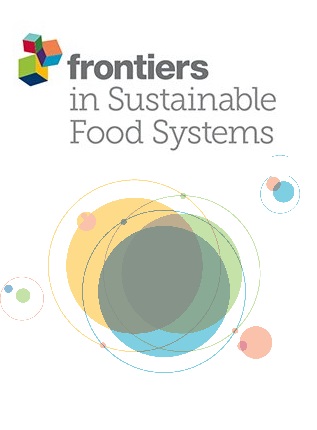This study seeks to understand children's perceptions of their present and future environments in the highly biodiverse and rapidly changing landscapes of Kalimantan, Indonesian Borneo. We analyzed drawings by children (target age 10-15 years) from 22 villages, which show how children perceive the present conditions of forests and wildlife surrounding their villages and how they expect conditions to change over the next 15 years. Analyses of picture elements and their relationships to current landscape variables indicate that children have a sophisticated understanding of their environment and how different environmental factors interact, either positively or negatively. Children appear to have landscape-dependent environmental perceptions, showing awareness of past environmental conditions and many aspects of recent trends, and translating these into predictions for future environmental conditions. The further removed their present landscape is from the originally forested one, the more environmental change they expect in the future, particularly declines in forest cover, rivers, animal diversity and increases in temperature and natural disasters. This suggests that loss of past perceptions and associated "shifting environmental baselines" do not feature strongly among children on Borneo, at least not for the perceptions we investigated here. Our findings that children have negative expectations of their future environmental conditions have important political implications. More than other generations, children have a stake in ensuring that future environmental conditions support their long-term well-being. Understanding what drives environmental views among children, and how they consider trade-offs between economic development and social and environmental change, should inform optimal policies on land use. Our study illuminates part of the complex interplay between perceptions of land cover and land use change. Capturing the views of children through artistic expressions provides a potentially powerful tool to influence public and political opinions, as well as a valuable approach for developing localized education and nature conservation programs.
Download:
DOI:
https://doi.org/10.1371/journal.pone.0103005
Puntuación Altmetric:
Dimensiones Recuento de citas:




















